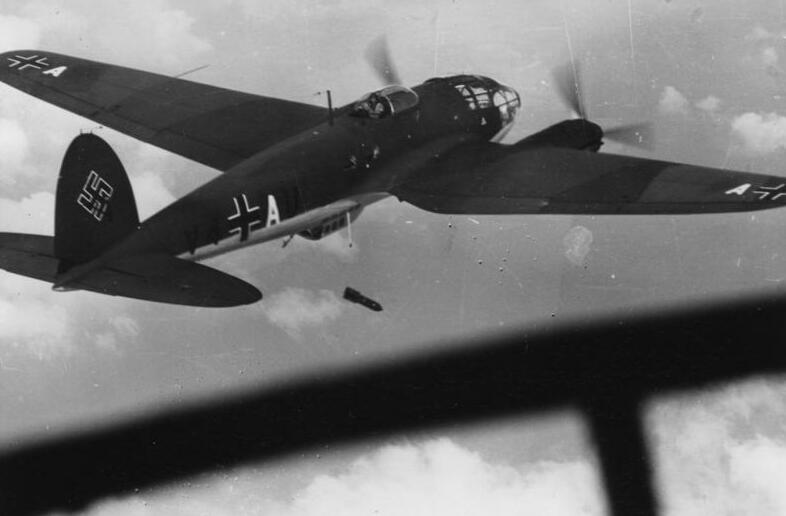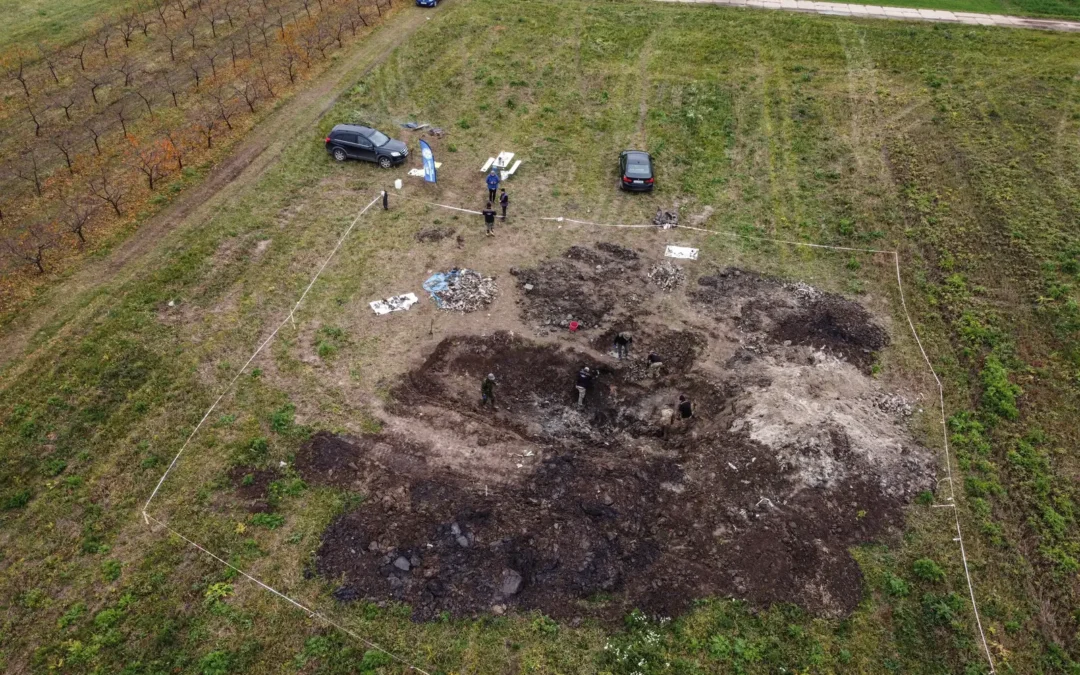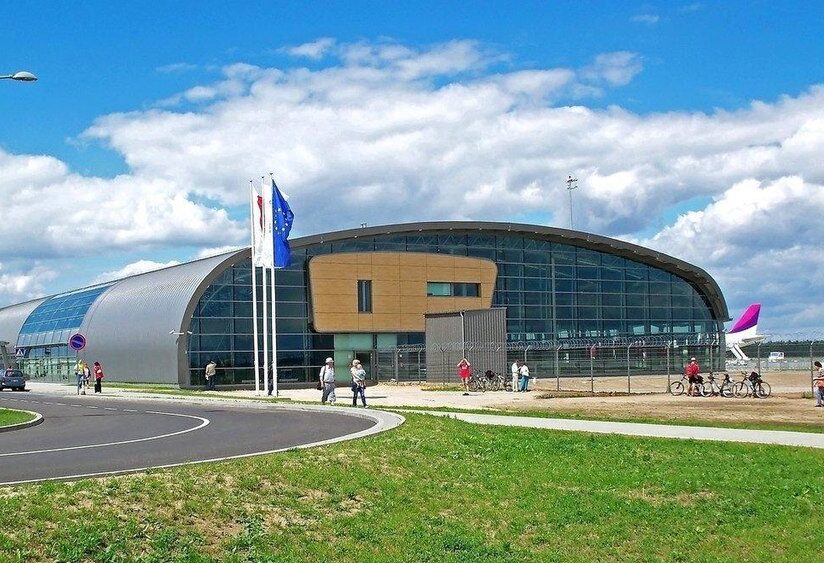The wreckage of a German aircraft shot down in World War Two has been uncovered by amateur history enthusiasts in a field in southeast Poland. The discovery includes human remains and personal items belonging to the pilots, with efforts now underway to find their families.
The discovery of the Heinkel He 111 bomber was made near the town of Koprzywnica by the local Wisła Explorational-Historical Group.
“During our meetings we exchange information about interesting historical events,” one of the group’s members, Krzysztof Pitera, told the Gazeta Wyborcza newspaper. “We learned there is probably a downed plane in Krzcin [a nearby village] but no one knew exactly where it fell.”
They spoke with local residents, among whom stories of the downing of the plane in the summer of 1944 had been passed from generation to generation, reports Radio Kielce. At that time, the Germans were trying to eliminate the Sandomierz bridgehead created by Soviet troops on the west bank of the Vistula river.

A German Heinkel He 111 bombing Poland during the invasion of September 1939 (Bundesarchiv, Bild 101I-317-0043-17A/Wikimedia Commons, under CC-BY-SA 3.0)
“From the accounts of local residents, we know that the plane was flying very low and was shot by Soviet soldiers,” said Pitera in an interview with the Polish Press Agency (PAP).
“It rose up then fell to the ground with force, creating a huge funnel. Apparently, it burned for three days. After the crash, the Soviets ordered residents to collect the remains of the vehicle and throw everything into this funnel.”
The group’s research helped identify a field where the remains were likely to be and, after obtaining permission from the owner and notifying the local state office for the protection of monuments, the group began to search and then excavate the site last month.
Gradually, elements of the plane began to emerge: parts of the engine, upholstery and equipment from the cockpit – including a speedometer with the arrow stopped at 230 km/h.
The group also found two rifles – which were handed over to the police – and human remains, meaning local prosecutors were notified.
“The finds include soldiers’ personal items, including dog tags, a wallet, two watches, including a very characteristic navigator’s watch, and wedding rings with engraved initials and the date 1940,” Pitera told Gazeta Wyborcza.
“We informed an institution that searches for descendants of German soldiers who died at the front about the find,” he added. “We are trying to ensure that all personal items go to the families of the soldiers who died in the plane crash.”
The fate of the remains of the aircraft remains uncertain, with Pitera suggesting they may end up at the Museum of Polish Arms in Kołobrzeg or the Air Force Museum in Dęblin. Under Polish law, such historical remains are the property of the state, and decisions regarding them are made by local officials.
Poland saw intense fighting during World War Two, being invaded and divided up by Nazi Germany and the Soviet Union in September 1939 before later seeing those two occupiers turn against one another.
Unexploded artillery shells from WWII were discovered buried at a primary school in Poland during construction work.
Army sappers were called in and safety removed a total of 72 shells https://t.co/5Efs3MXPKs
— Notes from Poland 🇵🇱 (@notesfrompoland) July 15, 2023

Notes from Poland is run by a small editorial team and published by an independent, non-profit foundation that is funded through donations from our readers. We cannot do what we do without your support.
Main image credit: Wojciech Habdas / Agencja Wyborcza.pl

Daniel Tilles is editor-in-chief of Notes from Poland. He has written on Polish affairs for a wide range of publications, including Foreign Policy, POLITICO Europe, EUobserver and Dziennik Gazeta Prawna.



















